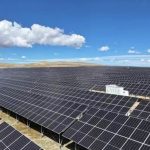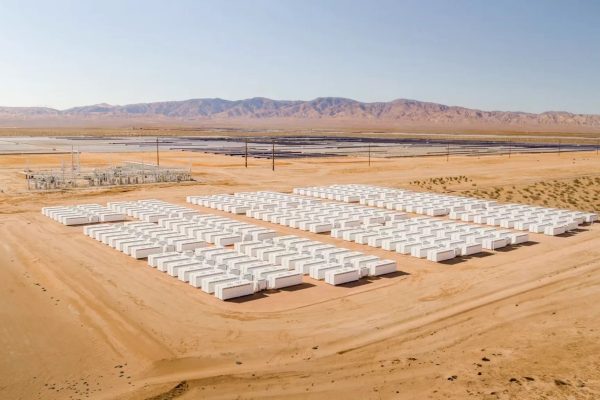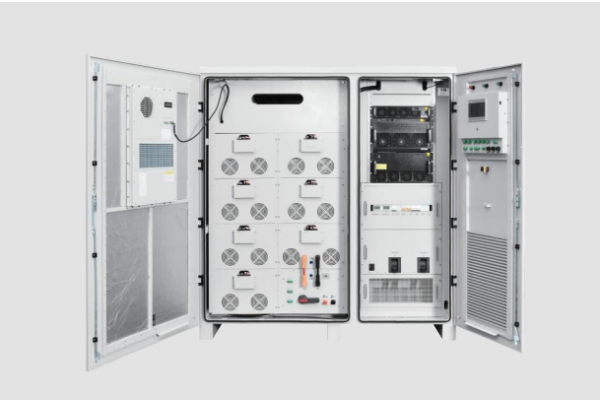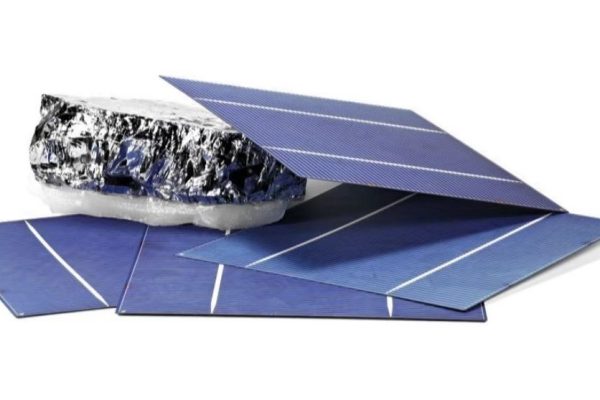A Practical Guide for Small Projects and Technical Traders
In many small to medium-sized PV+storage projects, the inverter–battery pairing often gets all the attention. But to make the entire system work seamlessly, you must properly integrate the solar panel array as well. This guide outlines how to integrate solar panels with a hybrid inverter + battery system, with practical notes for SME EPCs, distributors, and technical solution providers.
⚙️ System Overview: The Key Components
Before we go into integration, let’s review the core components involved:
- PV Panels: Generate DC power.
- Hybrid Inverter: Converts DC to AC and manages power flows.
- Battery Bank: Stores energy for later use.
- EMS (optional): Optimizes power routing, scheduling, and monitoring.
In most setups, the solar panels are DC-coupled directly to the hybrid inverter.
🔌 Step-by-Step: How Integration Works
1. Match PV Array to Inverter Specs
You need to check:
| Inverter Spec | What to Match From PV Side |
|---|---|
| Max PV Input Voltage (Voc) | Array open-circuit voltage (cold) |
| MPPT Voltage Range | Operating voltage under sun |
| Max Input Current | String Isc multiplied by string count |
| MPPT Tracker Count | Number of independent orientations |
Example:
If inverter allows 600 V max PV input and has 2 MPPTs, you can design two strings with ~450 V working voltage each, one for east, one for west.
📌 Tip: Always factor in local temperatures. Colder climates = higher Voc.
2. Wire PV Strings into Inverter MPPTs
Each MPPT should receive a string or set of parallel strings:
- Use string fuses or combiners if needed.
- Keep string lengths and irradiance conditions matched for each MPPT.
- Ensure proper DC isolator is in place for safety.
💡 Most hybrid inverters for residential/light C&I support 2–4 MPPTs.
3. Configure the PV Input Settings in the Inverter
After connecting the panels:
- Enter PV string configuration in the inverter UI (if required).
- Set PV input priorities—e.g., charge battery first, then serve AC load.
- Adjust charging voltages and current limits to suit the battery specs.
Modern hybrid inverters allow PV production to be allocated dynamically based on time-of-day or SOC levels.
4. Synchronize PV and Battery Usage via EMS (Optional)
In more advanced systems, an Energy Management System lets you:
- Schedule PV usage: e.g., 70% to load, 30% to battery
- Perform time-of-use optimization
- Prevent feeding excess energy to grid (zero export mode)
📍 EMS may be built-in or provided as an external unit—make sure it’s pre-tested with the inverter model.
⚠️ Key Considerations During Integration
🔸 Array Oversizing
Most hybrid inverters support 120–150% PV array oversizing.
This is helpful when:
- The battery capacity is large.
- The region has partial shading or cloudy days.
- You want faster charging even in mornings.
But oversizing beyond spec can lead to thermal stress or clipping losses.
🔸 DC vs. AC Coupling
- DC-coupled: PV connects to the inverter’s internal MPPT. Common for small systems.
- AC-coupled: PV connects via a separate grid-tied inverter. Useful for retrofits.
Choose based on:
| Criteria | DC-Coupled | AC-Coupled |
|---|---|---|
| Efficiency | Higher (fewer conversions) | Slightly lower |
| Retrofit flexibility | Less (all in one inverter) | Higher (modular) |
| System complexity | Simpler | Needs careful sync & control |
🔸 Grounding & Surge Protection
Always check:
- Proper grounding of PV panel frames and inverter chassis
- SPD (Surge Protection Devices) on DC side
- Compliance with local codes (NEC, IEC, etc.)
Neglecting this can damage both the inverter and the battery system during storms or grid surges.
🧰 Integration Checklist
| Task | Status |
|---|---|
| PV string design matches MPPT specs | ✅ |
| Voc within limits (worst-case cold) | ✅ |
| Isc × strings < MPPT input current | ✅ |
| Combiners and fuses in place | ✅ |
| Wiring polarity and grounding ok | ✅ |
| MPPTs configured in inverter UI | ✅ |
| Battery charging priorities set | ✅ |
Integrating solar panels into a hybrid battery inverter system isn’t just electrical—it’s strategic.
You must:
- Match technical specs
- Configure the system behavior
- Optimize flows between PV, battery, and load
By doing this well, you ensure maximum energy yield, stable operation, and a reliable user experience—critical for winning and retaining small project clients.









